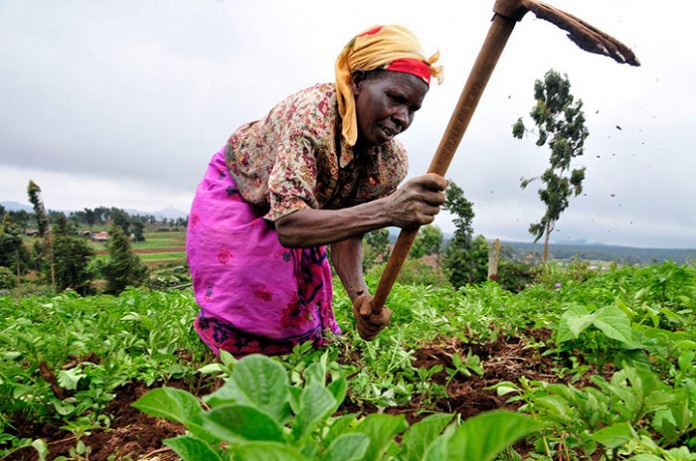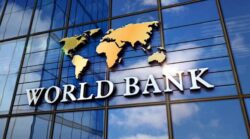…as CAPEX for food production drops for 3-year running
Capital expenditure (CAPEX) for agriculture has been on decline in the last three budgets since 2020, with stakeholders forecasting that the constant phenomenon could deny the sector the needed growth particularly the quest to expand national irrigation schemes and investments in machinery and equipment for farming activities.
A trend analysis of CAPEX to the sector from the year 2020, shows that allocations have dropped from GH¢611.7million in 2020 to GH¢606.1million in 2021 and drastically reducing to GH¢247.7million as stated in the agriculture sector budget for next year 2022.
Capital expenditure or capital expense is the money an organization or corporate entity spends to buy, maintain, or improve its fixed assets, such as buildings, vehicles, equipment, or land. For MoFA, the reduction in CAPEX yet again for next year could negatively affect infrastructure development in the sector.
SEND Ghana, a policy research and advocacy civil society organization in its analysis of the budget projected that the occurrence could affect progress of flagship programmes such as the Planting for Food and Jobs among other initiatives.
“Putting less money into capital infrastructure for agriculture basically means that there would not be enough revenue for the development of irrigations schemes and other equipment that farmers require to cultivate. This could lead to food shortage if the rains disappoint,” Harriet Nuamah-Agyemang, Senior Programme Officer of SEND Ghana indicated.
Investment in irrigation schemes is a major driver for all-year round farming activities as farmers would not have to heavily rely on the rains before planting.
This, according to SEND Ghana, requires that government commits more money into capital investments to create the enabling environment in order to ensure food security.
With the decline, increase in agro processing, employment of young people and having surplus foodstuff for exports could be hindered due to the drop in expenditure for the sector.
However, allocations for goods and services for the sector, has been increasing significantly from GH¢267.1million in 2020 to GH¢489.8 million in 2021, and catapulting to GH¢758.9million in 2022, due to the heavy contributions from development partners by way of donor funds.
For instance, donor funding to goods and services subsector alone in the agriculture sector budget for 2022, has been the highest in the last five years, since 2018. In 2022, development partners are expected to offer over GH¢168 million to fund the goods and services subsector of agriculture compared to the little over GH¢20 million that donors granted in 2021.










